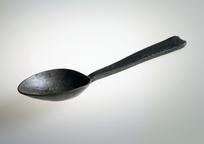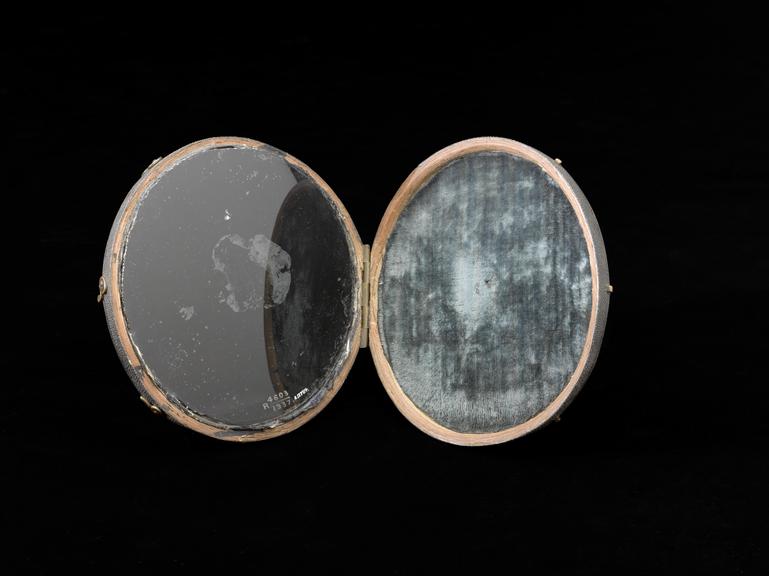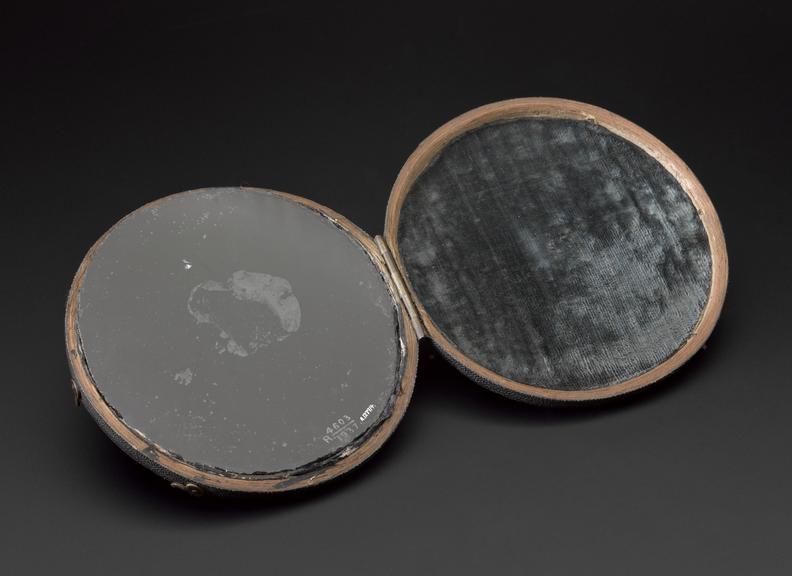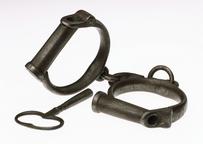

Claude glass believed to be John Dee's scrying mirror, Europe, undated
- Made:
- Unknown in Europe








Claude Lorrain mirror in shark skin case, believed at one time to be John Dee's scrying mirror
Stored in a sharkskin case and thought to have once belonged to John Dee (1527-1609), an English mathematician and astrologer, this object is known as a Claude glass. Associated with Claude Lorrain (1600-82), a French landscape painter, the base is made from a convex piece of glass with a black blacking. They were normally used by artists to look at landscapes. Dee is said to have used this object to predict the future by looking into the glass as if it were a crystal ball. This practice is known as scrying, a form of divination. Divination is the attempt to predict the future from signs and symbols and has been used for thousands of years in an effort to forecast the course of an illness or find the best treatment.
Details
- Category:
- Wellcome (general)
- Collection:
- Sir Henry Wellcome's Museum Collection
- Object Number:
- A127914
- Materials:
- glass, wood, brass, velvet, lined and sharkskin, covered
- Measurements:
-
overall: 21 mm x 132 mm x 132 mm,
open: 153 mm x 132 mm x 132 mm,



